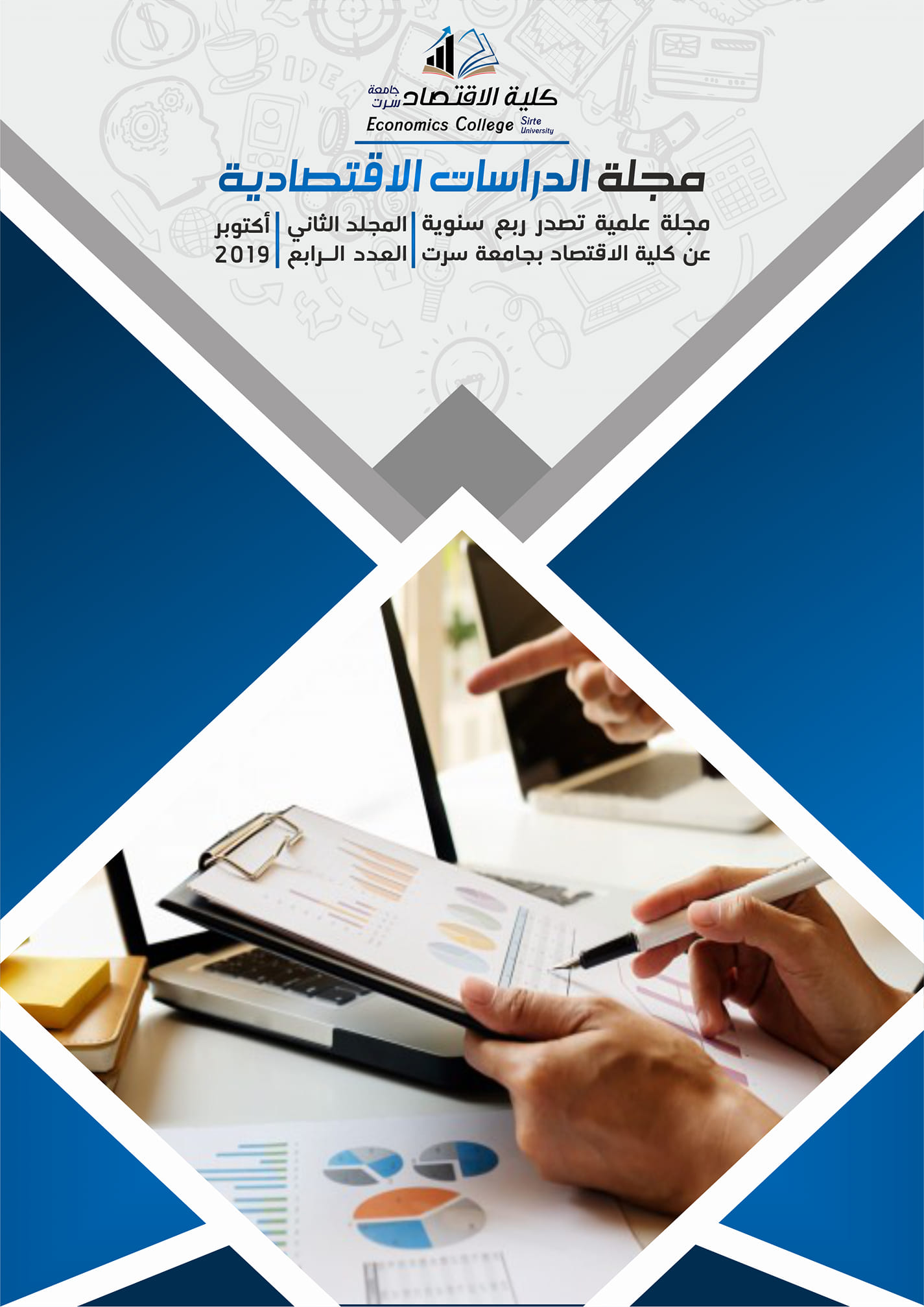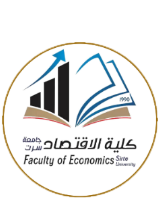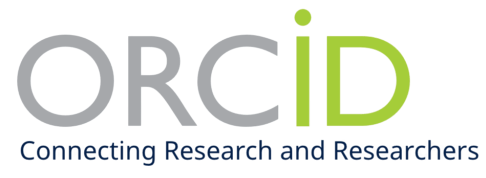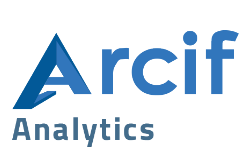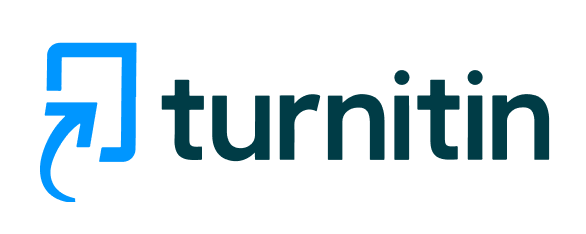Petrochemical industry in Libya (Reality and challenges) In the context of structural diversification
Keywords:
Urea, Methanol, Ethylene, Ammonia, Petrochemical IndustryAbstract
The main aim of this study was to identify the reality of the petrochemical industry in Libya, including its contribution to the structural diversification of the national economy, the most important challenges facing it. In order to achieve its objectives the study has utilized the descriptive analytical approach, The basic findings of the study has indicated that the structure of the Libyan petrochemical production and its exports have concentrated on four main products which are: urea, ammonia, methanol and ethylene. In addition, its exports were concentrated geographically in the region of Western Europe.
Furthermore, the study results have showed that the contribution of this industry in both production and export diversification was weak. Finally, the study concluded that the petrochemical industry in Libya suffers from several obstacles, such as market, environment, Policies of industrialized countries, technology constraints, and weak local R & D efforts.
References
• B.J Groenendaal & D.J Gielen, The Future of the Petrochemical Industry- A MARKAL-MATTER Analysis, MARKAL-MATTER Project, 1999.
• Deger,Saygin et. al, chemical and petrochemical sector, Potential of best practice technology and other measures for improving energy efficiency, IEA information paper, International Energy Agency (IEA), 2009.
• Department of alternative Energy Development & Efficiency (DEDE), Ministry of Energy, Thailand, Astudy on Energy Efficiency Index in Petrochemical Industry, , 2006.
• Dolf Gielen, Kamel Bennaceur, Ceciliatam, IEA Petrochemical Scenarios For 2030 –2050, Energy Technology Perspectives, International Energy Agency, 2008.
• Dr. Jaap Kalkman, Dr. Alexander Keller, Global petrochemicals – Who is really benefitting from the growth in the new world, Roland Berger Strategy Consultants, 2012.
• Food and Agriculture Organization of the United Nations FAO, World fertilizer trends and outlook to 2018, Rome, 2015.
• Global Chemicals Outlook.(2013). Towards sound management of chemicals.
• Gulf Petrochemical and Chemical Association GPCA.(2013). Global Fertilizer Trends-Opportunities- Challenges for GCC Producers.
• Hassani, H., Silva, E. S., & Al Kaabi, A. M. (2017). The role of innovation and technology in sustaining the petroleum and petrochemical industry. Technological Forecasting and Social Change, 119, 1-17.
• HIS Chemicals.(2015).Global petrochemical market outlook-impact of energy extremes. Market outlook workshop. 6-7 August 2015.Chicago. International Monetary fund IMF.(2017). World Economic Outlook. International Trade Centre ITC, List of importing markets for a product exported by Libya, 2001 – 2014, ITC calculations based on UN COMTRADE statistics. International Trade Centre ITC. (2018). Online statistical database. www.trademap.org. 20.01.2018.
• Methanol Market Services Asia (MMSA), Appendices: Appendix A Global Capacity Tables,
• http://www.methanolmsa.com, 07, 2015.
• Organization Of The Petroleum Exporting Countries (OPEC), Annual Statistical Bulletin, 2013.
• Patrick Heffer and Michel Prud’homme, 80 th IFA Annual Conference Doha (Qatar), 21-23 May 2012, A/12/69, Fertilizer Outlook 2012-2016, International Fertilizer Industry Association (IFA).
• Ravanchi, M. T., & Sahebdelfar, S. (2014). Carbon dioxide capture and utilization in petrochemical industry: potentials and challenges. Applied Petrochemical Research, 4(1), 63-77.
• Saxena, A K & Singh, N. (2017). Indian Petrochemical Industry Challenges and Opportunities, Imperial journal of Interdisciplinary Research, 3(8) 103-113.ctober
• Tashani, O. A. (2009). The Scientific Research in Libya: The Role of the New Generation of Researchers. The Libyan journal of medicine, 4(4), 129.
• United Nation, Cometrade & Service trade statistics, 2014. Methanol Market Services Asia
• United Nations Environment Programme (UNEP), Global Chemical Outlook, 2013.
• Yasser F Nassar, Kaiss R Aiss and Samer Y Alsadi. (2017). Air Pollution Sources in Libya, Journal

